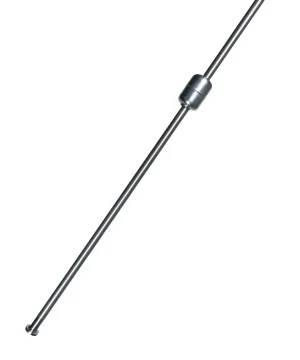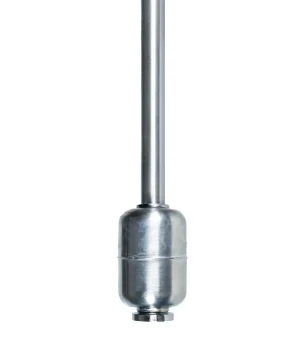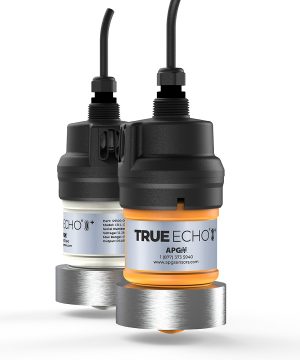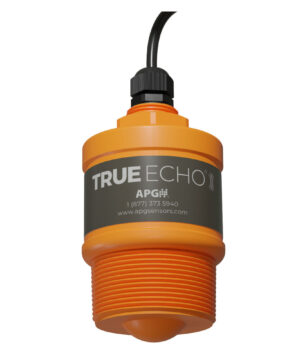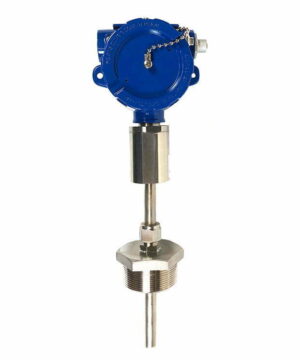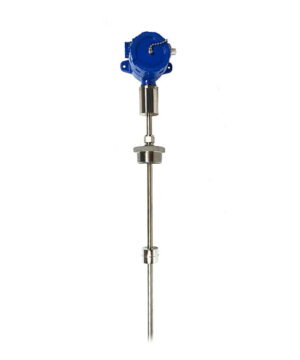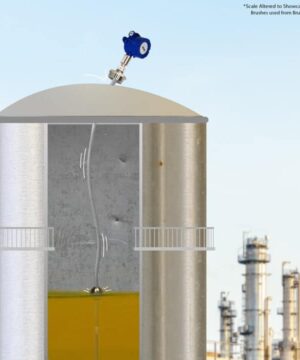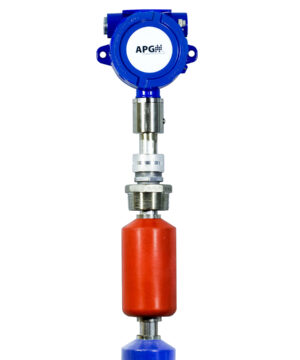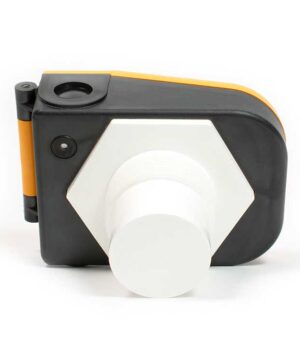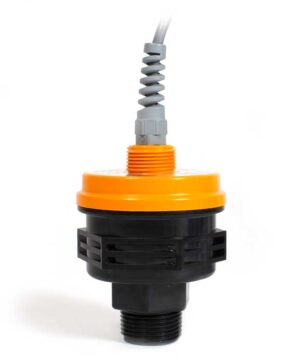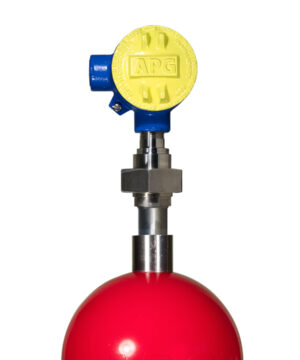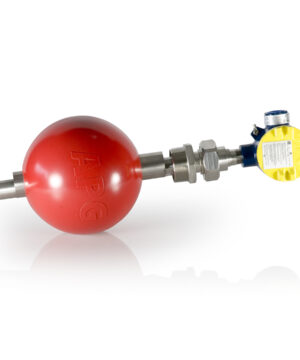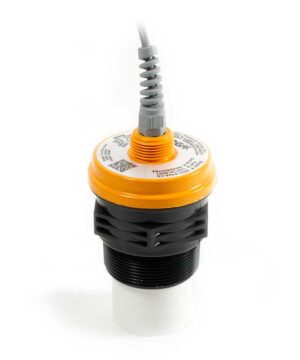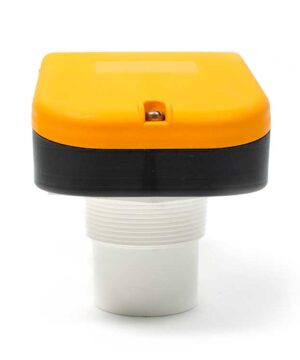RPS
Sanitary Resistive Level Probe
$0.00
TRUE ECHO® Plus
Submersible Radar Level Transmitter
$0.00
TRUE ECHO® CR-L
Radar Liquid Level Sensor
$0.00
MPI-E
Intrinsically Safe Magnetostrictive Float Level Sensor
$0.00
MPI-F PVDF
Flexible PVDF Level Sensor
$0.00
MPX-T
Explosion Proof Magnetostrictive Float Level Sensor
$0.00
MPX-R
Explosion Proof Rugged Magnetostrictive Level Sensor
$0.00
MPX-F
Flexible Magnetostrictive Float Level Transmitter
$0.00
MPX-E
Explosion Proof Magnetostrictive Level Sensor
$0.00
LPU-2428
Intrinsically Safe Ultrasonic Level Sensor
$0.00
LOE
Web Enabled Ultrasonic Level Sensor and Modbus Controller
$0.00
IRU-5000
Short Range Ultrasonic Level Sensor: 79 Inches
$0.00
RPM
Explosion Proof Resistive Level Transmitter
$0.00
MNU
Modbus Ultrasonic Level Sensor
$0.00
LPU-2127
Loop Powered Ultrasonic Sensor
$0.00


